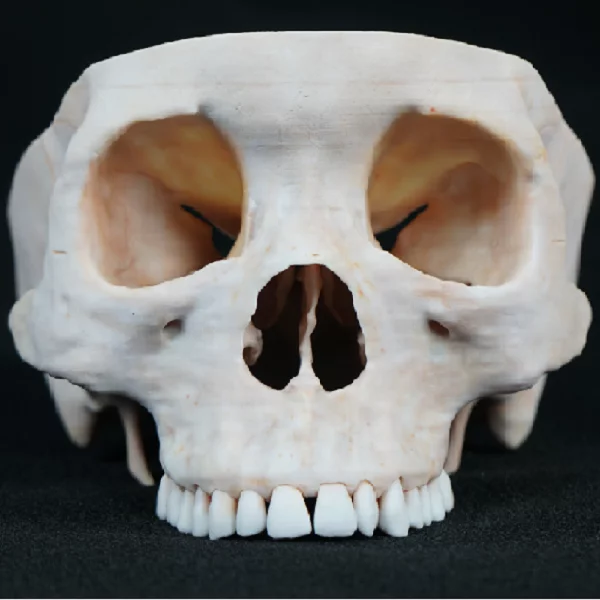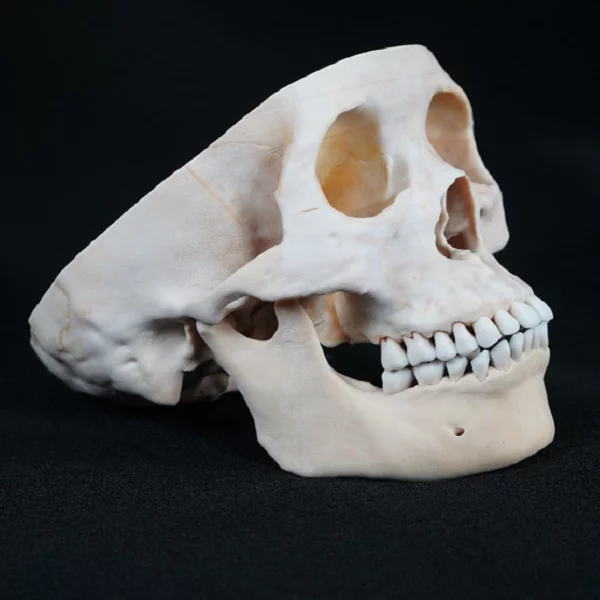human anatomy interactive models have revolutionized the way we study and understand the complexities of the human body. These interactive models provide a hands-on approach to learning, allowing users to explore various anatomical structures in a detailed and immersive manner.
The Power of Human Anatomy Interactive Models
With human anatomy interactive models, users can manipulate virtual representations of organs, bones, muscles, and other anatomical structures. This allows for a deeper understanding of how these components work together within the human body. By interacting with these models, students and professionals alike can gain valuable insights into physiological processes and medical conditions.
DIGIHUMAN: A Cutting-Edge Interactive Model
DIGIHUMAN is one such advanced interactive model that offers an incredibly realistic representation of the human body. Developed by experts at the University of Utah’s Center for Integrative Biomedical Computing (CIBC), DIGIHUMAN combines high-resolution imaging techniques with sophisticated computer algorithms to create a highly accurate digital replica.
This model provides users with an unparalleled level of detail, enabling them to zoom in on specific areas or systems within the body. Whether it’s exploring intricate neural pathways or examining microscopic cellular structures, DIGIHUMAN offers an immersive experience that enhances learning and research opportunities.
Augmented Reality Human Anatomy: Bridging Virtuality with Reality
Augmented reality (AR) has further expanded the possibilities offered by human anatomy interactive models. By overlaying virtual elements onto real-world environments through devices like smartphones or tablets, AR brings anatomical education out of textbooks and into everyday life.
An augmented reality human anatomy app allows users to point their device’s camera at any surface and see 3D representations of organs or systems appear before their eyes. This interactive and engaging approach to learning makes it easier for students to grasp complex anatomical concepts and visualize the spatial relationships between different structures.
Conclusion

Human anatomy interactive models, such as DIGIHUMAN and augmented reality applications, have transformed the way we explore and understand the human body. These innovative tools provide a dynamic learning experience that goes beyond traditional textbooks or static illustrations. By offering an immersive and interactive platform, they empower students, researchers, and medical professionals to delve deeper into the intricacies of human anatomy.

